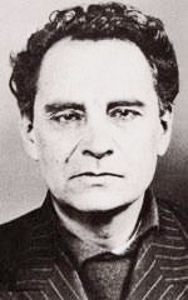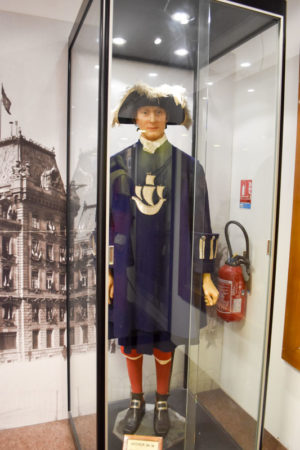Sandy and I will be traveling during the first three weeks of April. We are “repurposing” a blog originally published in 2015 under the title of Jacques the Ripper and again in 2018, but in an expanded format under the new title of Dr. Jekyll and Mr. Hyde. Both titles are appropriate as our topic today is about a serial killer who passed himself off as a member of the French Resistance during the occupation. About the only difference between Mr. Hyde and Dr. Marcel Petiot is that Petiot did not drink serum to transform himself into the serial killer — he did it all on his own. His two Paris residences have been included as stops in volumes 1 (page 86) & 3 of Where Did They Put the Gestapo Headquarters?
Some of the artifacts discussed in this blog found their way to the Paris Police Museum (click here to visit the museum web-site). Along with our friend and the best Paris guide, Raphaëlle Crevet (raphaellecrevet@yahoo.fr), we toured the museum during our last visit to Paris and spent several hours examining its exhibits dedicated to the history and forensics of the Paris police department. The majority of exhibits dealt with actual criminal cases of murderers, serial killers (including today’s subject), assassins, thieves, and other unsavory individuals. The museum covers the period beginning in the 17th-century through the present. An original guillotine blade is on exhibit. Located in the 5e, the museum is on an upper floor of a working police station so reservations are a must. Our visit to the police museum with Raphaëlle was so much better than our visit to the Paris Sewer Museum.



